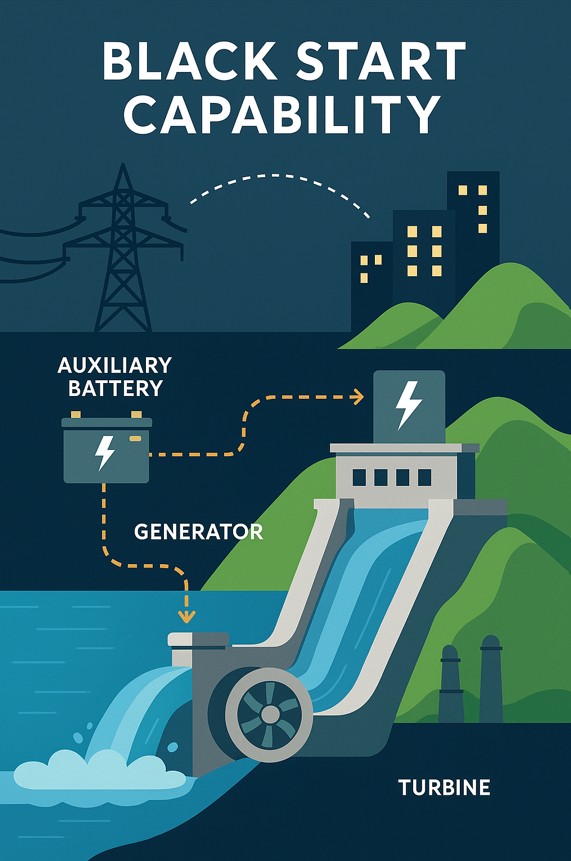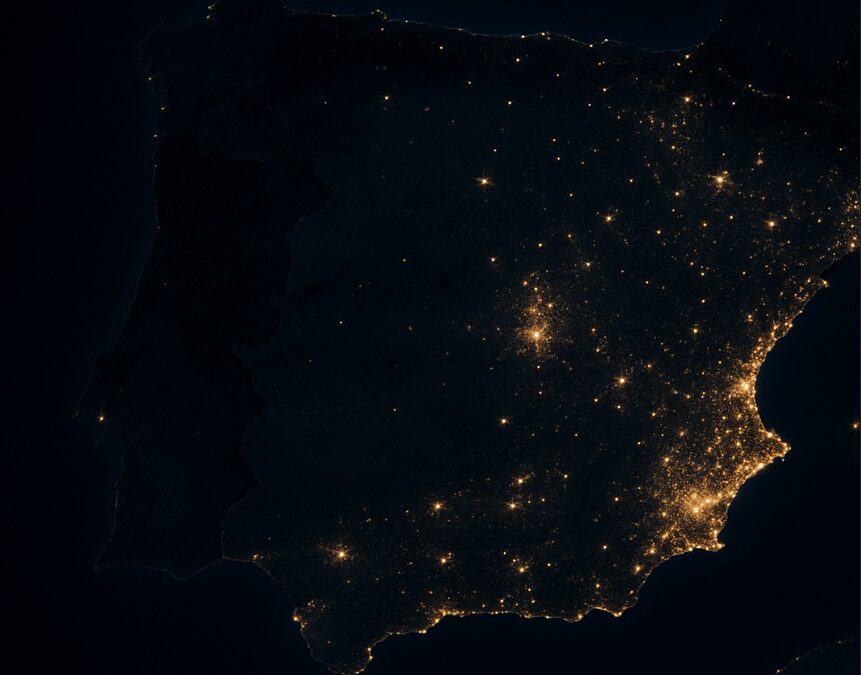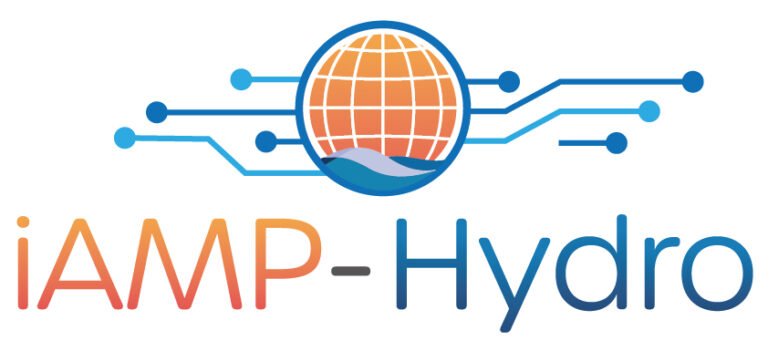Hydropower as the Silent Heroine of April 28
By now, we’re probably all tired of hearing every kind of theory—some quite colorful—about the causes behind the April 28th blackout. But what has received far less media attention is the set of technical solutions that made it possible to restore power to a peninsula with over 50 million people. That’s precisely the focus of the following paragraphs.
Although an official report already outlines the causes of this blackout in our electrical system, one word echoes across the entire chain of missteps: frequency. In electrical terms, frequency refers to the rate at which alternating current switches polarity (from positive to negative and back), and it must always remain constant—50 Hz in the Iberian Peninsula—since the entire grid infrastructure is designed to operate under that non-negotiable condition.
That frequency, however, has become a point of media debate, sometimes used to criticize renewable energies, and other times to advocate for the unchecked use of fossil fuels. Yet there’s one renewable source—less flashy, quieter, but vital—that plays a key role in frequency control: hydropower.
Just like other technologies such as nuclear plants or gas turbines, hydropower generates electricity through synchronized rotation of mechanical components, which allows it to contribute directly to maintaining the system’s 50 Hz frequency. On the other hand, technologies like solar photovoltaics and wind—while essential to the energy transition—lack this direct regulatory capability and are also highly sensitive to frequency deviations due to their power electronics. It’s a vicious cycle.
But what truly made hydropower a star after the blackout was its black start capability—the ability to start an electric facility without relying on the grid. Only a few plants in the system have this feature, and in Spain, most of them are hydroelectric stations with reservoirs. Thanks to their design, they can start their turbines using only auxiliary batteries or diesel generators, harnessing the pressure from stored water.
That’s exactly what happened after the “electrical zero” of April 28. Plants such as Aldeadávila, Ricobayo, or Riba-roja d’Ebre started operating autonomously, injecting the first kilowatts into a completely dark grid. Spain’s transmission system operator, Red Eléctrica de España (REE), coordinated these plants to create small “electrical islands,” where both frequency and voltage were stabilized before rebuilding the interconnected grid from there.
In this scenario, the challenge wasn’t just to generate electricity again, but to ensure power quality—primarily meaning keeping frequency and voltage within very specific margins. To achieve this, power systems rely on balancing mechanisms such as primary, secondary, and tertiary regulation, each reacting at different time scales to generation-demand imbalances.

The first step was to activate primary regulation, which responds immediately to frequency deviations. Here, the islanded hydropower plants were able to autonomously maintain stable frequency within their sub-networks. Once stabilized, secondary regulation (AGC) was activated from REE’s control center to fine-tune the frequency to its nominal 50 Hz, supporting the primary regulation. This phase was enabled by remote communication and the fast response capability of hydropower turbines.
As more zones regained voltage, hydropower plants increased output or transferred load to other technologies, such as combined-cycle gas plants. This process released reserves through tertiary regulation, which also activated pumped-storage plants—like Estany Gento in the Pyrenees—that acted as giant batteries, providing extra support over the following hours and days.
In short, the April 28 blackout not only tested the resilience of Spain’s electrical system—it also highlighted the strategic value of hydropower. In today’s context of electrification and energy transition, it’s becoming increasingly clear that we need flexible technologies capable of modulating output, storing energy, or responding to demand.
At CARTIF, we are actively working in this direction through European projects like D-HYDROFLEX and iAMP-Hydro, which aim to modernize existing hydropower stations through hybrid systems and intelligent control. The goal: to provide these facilities with greater flexibility, efficiency, and stabilization capacity, contributing to the development of a more robust, sustainable, and future-ready electric system.
- How Did We Recover from the Blackout? - 25 July 2025


